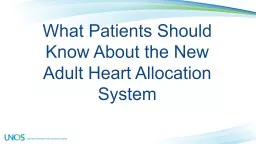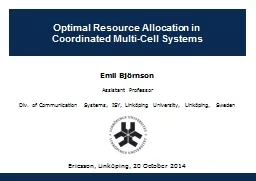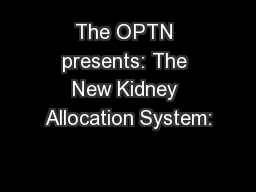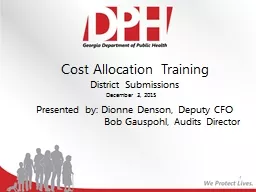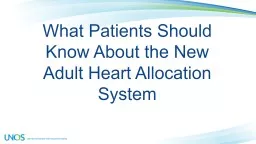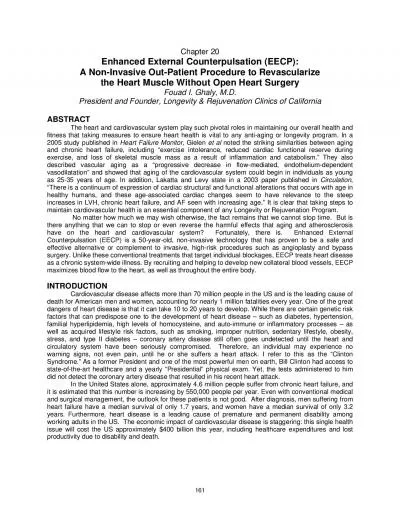PPT-What Patients Should Know About the New A dult Heart Allocation System
Author : mitsue-stanley | Published Date : 2019-11-06
What Patients Should Know About the New A dult Heart Allocation System How are hearts matched now Three medical urgency statuses 1A most urgent 1B 2 least urgent
Presentation Embed Code
Download Presentation
Download Presentation The PPT/PDF document "What Patients Should Know About the New ..." is the property of its rightful owner. Permission is granted to download and print the materials on this website for personal, non-commercial use only, and to display it on your personal computer provided you do not modify the materials and that you retain all copyright notices contained in the materials. By downloading content from our website, you accept the terms of this agreement.
What Patients Should Know About the New A dult Heart Allocation System: Transcript
Download Rules Of Document
"What Patients Should Know About the New A dult Heart Allocation System"The content belongs to its owner. You may download and print it for personal use, without modification, and keep all copyright notices. By downloading, you agree to these terms.
Related Documents

